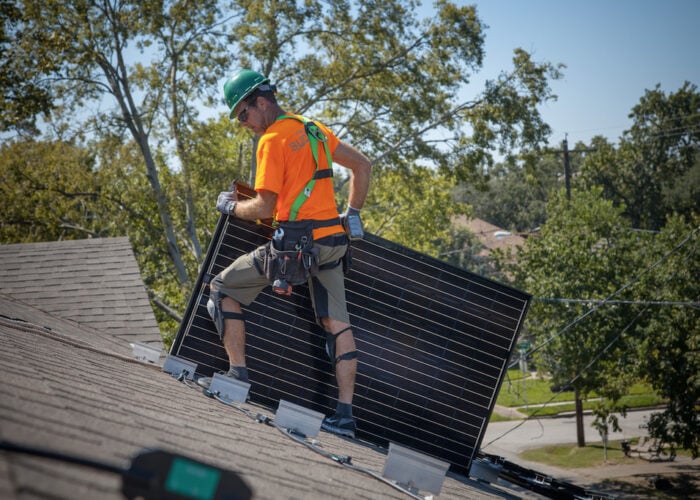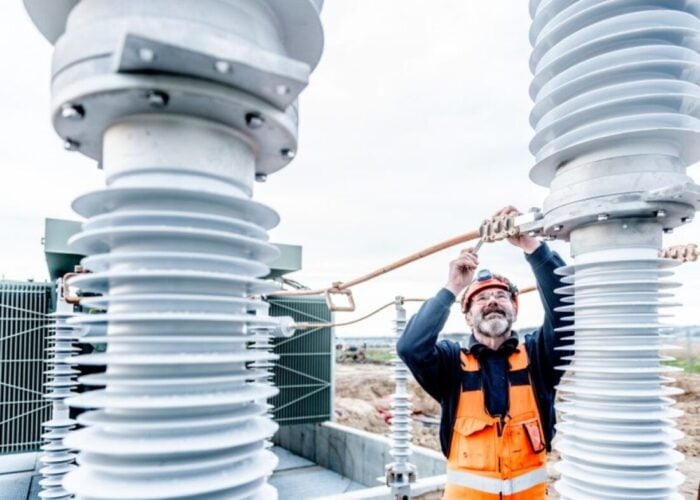SolOptics, a division of Genie Lens Technologies, revealed a significant milestone in the performance testing of its Fusion PV enhancement technology. Testing conducted at the US Department of Energy’s (DOE) National Renewable Energy Laboratory (NREL) has concluded that the Fusion technology increased the overall energy production of the PV modules tested by up to 4%, with performance enhancements for all irradiance ranges.
Fusion is a non-concentrating, customizable optical surface technology that is said to intensify the power output of both new and previously installed PV panels for a production cost of less than US$0.01/W. The SolOptics technology uses micro lens structures that can be incorporated into the protective polymer or glass cover of a PV module, or into a thin polymer film. This is then applied to a silicon or thin-film PV panel while it is in the factory, or already installed in the field.
Unlock unlimited access for 12 whole months of distinctive global analysis
Photovoltaics International is now included.
- Regular insight and analysis of the industry’s biggest developments
- In-depth interviews with the industry’s leading figures
- Unlimited digital access to the PV Tech Power journal catalogue
- Unlimited digital access to the Photovoltaics International journal catalogue
- Access to more than 1,000 technical papers
- Discounts on Solar Media’s portfolio of events, in-person and virtual
“Our goal is to answer the industry’s call for a technology that has an unmatched performance-to-cost ratio, integrates seamlessly and inexpensively into existing film and glass manufacturing processes, and utilizes readily available and inexpensive materials,” says Genie Lens CEO Seth Weiss. He adds, “The PV industry is seeing a meaningful shift away from glass covers on panels and towards lower cost, lighter, highly resilient polymer covers. Fusion can be incorporated into a polymer cover for virtually no additional cost. At the same time, there are millions of panels being manufactured or already deployed in the field that have glass covers. Fusion will improve the efficiency of these panels as well. We do not know of any other efficiency product that can be applied to both new panels and in an aftermarket context.”
The addition of the Fusion technology was noted as not raising panel temperatures and testing further confirmed that the biggest energy improvements, up to 40%, were seen in higher angles of incidence under clear skies, thus leading to a potentially larger power output in the afternoon and early evening hours. Weiss commented to Greentech Solar that as not only the efficiency, but the power output, saw growth during testing, the Fusion technology could lead to utilities being able to better handle the added stress that peak demand hours bring and possibly avoid added strain on the power grid.
“The unprecedented boost to peak power demand hours for almost no incremental cost should be of particular interest to power companies,” added Genie Lens President & COO Melissa Grossman. “If they can see up to an extra 8% of power output for an investment of only pennies per watt, that translates into more consistent electricity service for their customers and a substantial revenue premium for the power companies.”
Grossman concluded, “Fusion has already made substantial strides toward this goal today. Based on the overwhelming interest from our previous test results with NREL and this most recent performance confirmation, we look forward to finalizing our materials commercialization partner relationship and delivering this product to market as quickly as possible.”







